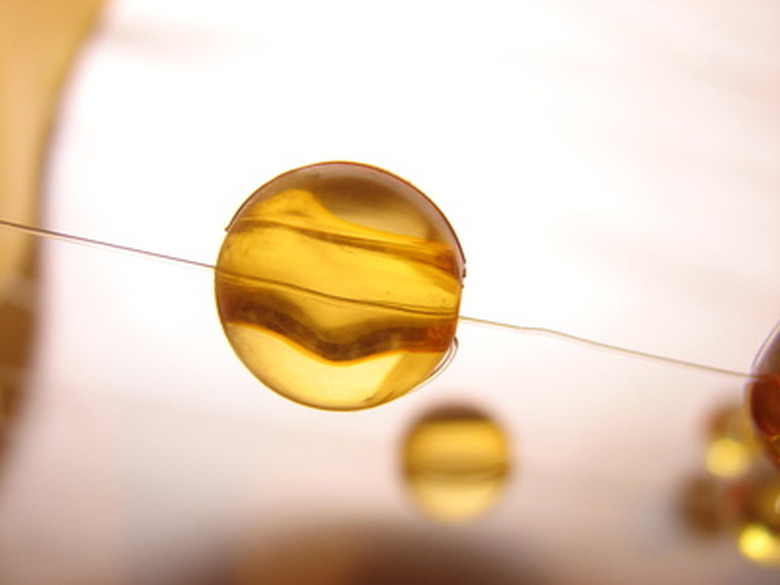How To Make Acrylic Plastic
Acrylic plastic is a family of plastic materials that contain derivatives of acrylic acid. Polymethyl methacrylate (PMMA) is the most common acrylic plastic and it is sold under various brand names such as Crystallite, Lucite and Plexiglas. Acrylic plastic is a strong, highly transparent material that gives it a very wide range of applications. Acrylic plastic is made in powder form with suspension polymerization and in sheets with bulk polymerization.
Step 1
Produce a polymer from a monomer. Add a catalyst such as an organic peroxide to a monomer like methyl methacrylate. The catalyst is not used in the reaction but will cause the polymers to form much more quickly than they would otherwise.
Step 2
Make acrylic plastic in powder form with suspension polymerization. Suspend the monomer in a solution of water and add the catalyst. This will cause the polymers to form between the monomer droplets. Suspension polymerization can form grains of acrylic plastic with a very specific size.
Step 3
Use bulk polymerization to make acrylic plastic by pouring the monomer and catalyst into a mold. Bulk polymerization includes two separate procedures based primarily on the thickness of the acrylic plastic sheets. Continuous bulk polymerization is best for sheets that are thinner than 0.06 inches. Batch cell bulk polymerization is better when the sheets are from 0.06 inches to 6 inches thick.
Step 4
Use continuous bulk polymerization by continuously mixing the monomer with the catalyst. The mixture then runs between a pair of parallel steel belts. The primary advantage of this method is that the process runs indefinitely, resulting in higher productivity.
Step 5
Make thicker sheets of acrylic plastic with batch cell bulk polymerization. Use a pair of glass plates separated by a spacer to assemble the mold and adjust the spacer to the desired thickness. The mold is able to contract during polymerization because the spacer is flexible.
References
Cite This Article
MLA
Robinson, Allan. "How To Make Acrylic Plastic" sciencing.com, https://www.sciencing.com/make-acrylic-plastic-5178974/. 24 April 2017.
APA
Robinson, Allan. (2017, April 24). How To Make Acrylic Plastic. sciencing.com. Retrieved from https://www.sciencing.com/make-acrylic-plastic-5178974/
Chicago
Robinson, Allan. How To Make Acrylic Plastic last modified March 24, 2022. https://www.sciencing.com/make-acrylic-plastic-5178974/
